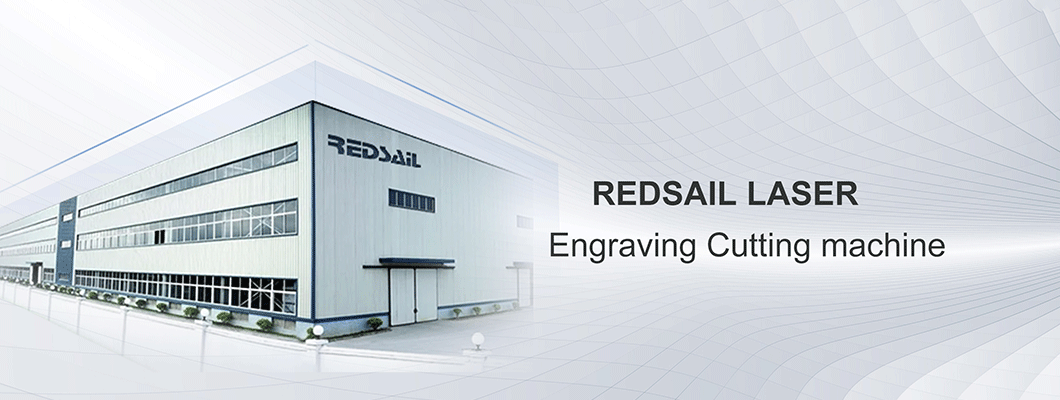
Summer is a high season for laser cutting machine failures. The statistical results indicate that the faults of high-power laser cutting machines are mostly closely related to the user's operating sequence and equipment operating environment, and are mostly caused by high temperatures, such as high humidity and condensation. In order to prevent this situation from happening and reduce equipment failure time and its losses, the following prompts are given:
1、 Mechanisms that can prevent failure
A laser is a device that converts electrical energy into laser energy, and its internal composition is complex, involving multiple disciplines and fields such as optics, mechanics, electricity, and computation. Although fiber lasers have lower environmental requirements than other types of lasers, they must also ensure that the operating environment meets the requirements, and their own protective measures can effectively play a protective role. If there are omissions in the starting sequence, enclosure sealing, water temperature setting, etc., it may cause dew condensation on the surface of water-cooled electronics and optical devices inside the laser due to the internal and external temperature difference, thus reducing the performance of the laser, or even damaging the laser.
2、 Preventive measures
This measure is mainly aimed at preventing condensation of internal electronic or optical components, which can be divided into the following points:
1. Ensure that the casing is sealed.
The casing of the fiber laser is sealed and equipped with an air conditioner or dehumidifier to ensure that all components inside the casing are in a relatively stable and safe temperature and humidity environment. If the chassis is not in a closed state, high-temperature and high humidity air outside the chassis can enter the interior of the chassis. When encountering components cooled with water inside, it will condense on its surface during cooling, causing possible damage. So when checking the sealing of cabinets, it is important to pay attention to the following aspects: a. Are all cabinet doors present and closed. B. Are the lifting bolts at the top tightened. Whether the protective cover of the unused communication control interface on the back of the chassis is properly covered and whether the used one is fixed.
Chongqing Laser Cutting Processing
2. Start sequence
Because the laser cabinet cannot be completely sealed, the air conditioning inside the cabinet stops running when the power is cut off at night. If the room is not equipped with air conditioning or the air conditioning does not work at night, the humid and hot air from the outside can gradually penetrate into the cabinet. So when restarting the machine in the morning, pay attention to the following operating steps: a. Turn on the main power supply of the laser (no light) and let the chassis air conditioning run for about 30 minutes. B. Start the water cooler, wait for the water temperature to adjust to the preset temperature, and turn on the laser to emit light. Note: If the Huae IE series equipment is equipped with a temperature and humidity controller, it is necessary to ensure that the air is in a pressure state, and the cold water machine will automatically start when the temperature and humidity meet the requirements. C. Suggestions for normal handling: If possible, while ensuring safety, continuously turn on the laser at night and keep the cabinet air conditioning running. Alternatively, install the laser in a room with air conditioning to maintain continuous and stable operation (including at night).
3. Water temperature setting
The temperature of cooling water directly affects the efficiency, stability, and condensation of electro-optic conversion. Generally, the water temperature of cooling water is set as follows: the water temperature of tap water (cooling laser module) should be set at about 21 ℃. For lasers above 2500W, the water temperature of deionized and deionized water (cooling optical components) should be set between 27 ℃ and 33 ℃, and this temperature should be adjusted according to the ambient temperature and humidity. Generally speaking, the higher the ambient temperature and humidity, the higher the water temperature of deionized water should be. The basic principle is that the temperature of deionized water should be higher than the dew point.

Leave a Comment